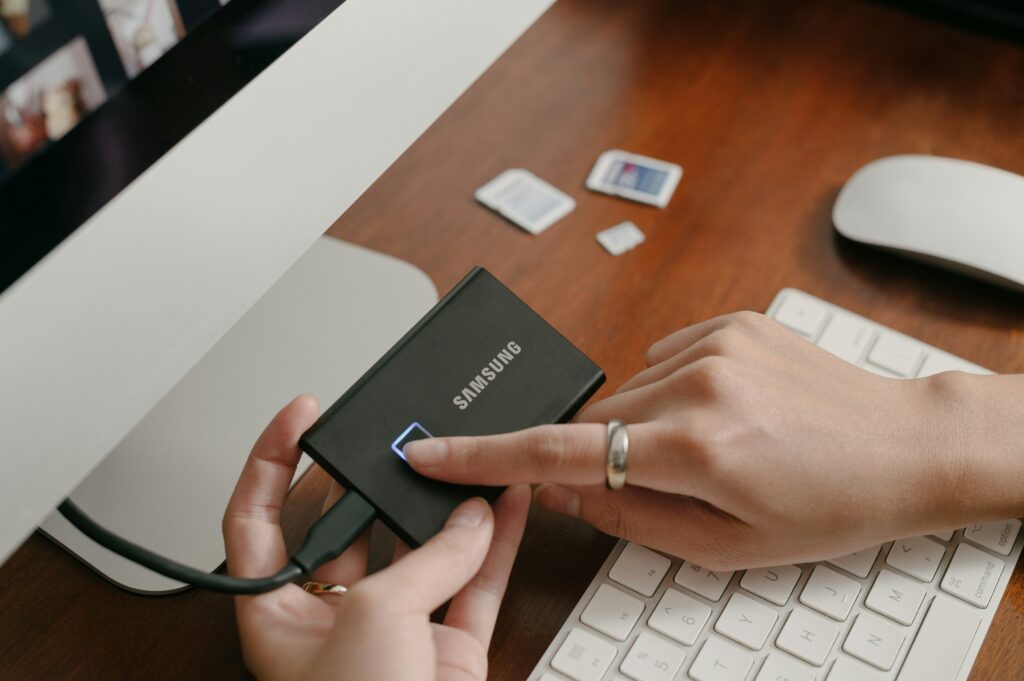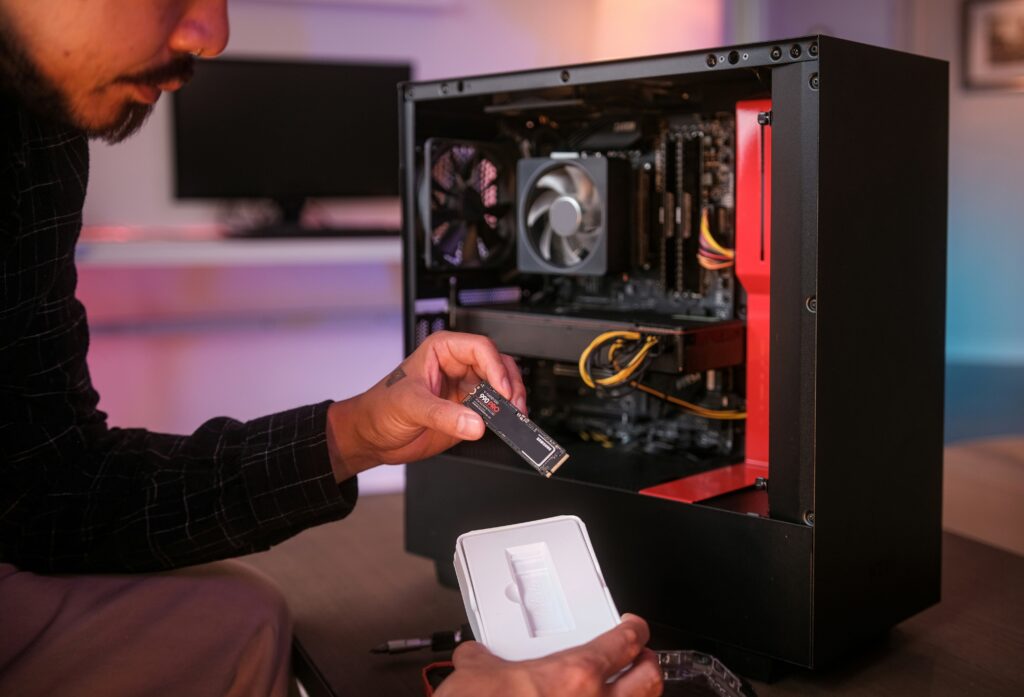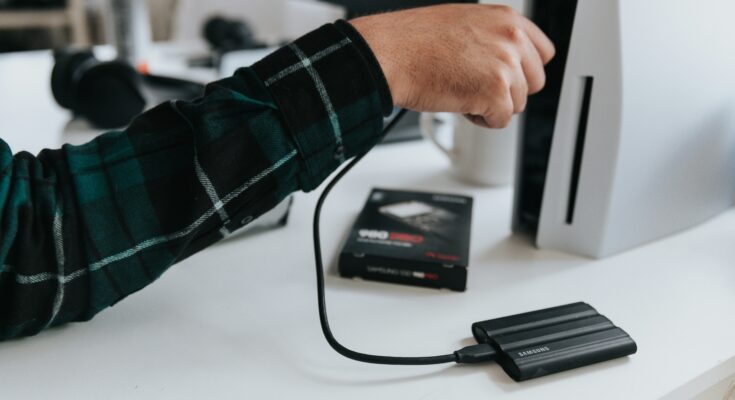As solid- state drives( SSDs) come decreasingly affordable and popular, numerous PC suckers and builders are asking How numerous SSDs can I add to my PC? The answer is n’t as simple as it may feel because it depends on factors similar as the type of SSD, your motherboard’s capabilities, and your PC case’s physical space. In this blog, we’ll explore everything you need to know about how many SSDs can a PC have, icing you can maximize storehouse without running into issues.
1. Types of SSDs A Quick Overview
Before diving into volume, it’s essential to understand the two main types of SSDs generally used in ultramodern PCs
a. SATA SSDs
. Connect via the SATA interface, generally using a SATA string.
. Slower than NVMe SSDs but still important faster than traditional hard drives.
. Available in 2.5- inch form factors, which bear physical mounting in your PC case.
b. NVMe SSDs
. Plug directly into the motherboard via M.2 places.
. Known for lightning-fast pets, using PCIe lanes.. Do n’t bear fresh lines but depend on the number of available M.2 places
2. The part of the Motherboard
How many SSDs can a PC have is heavily told by your motherboard. Then’s what to look for:
a. SATA Anchorages
Motherboards have a fixed number of SATA anchorages, generally ranging from 4 to 8. Each SATA SSD needs one of these anchorages. For illustration, if your motherboard has 6 SATA anchorages, you can theoretically connect up to 6 SATA SSDs( assuming no other SATA bias like HDDs are connected).
b. M.2 places
ultramodern motherboards frequently come with 1 – 4 M.2 places. These places can support NVMe SSDs or, in some cases, SATA SSDs with an M.2 form factor. High- end motherboards, similar as those designed for gaming or professional use, may support indeed more M.2 SSDs.
c . PCIe Lanes
Adding NVMe SSDs consumes PCIe lanes.However, insure your CPU and motherboard chipset give enough lanes to support them without compromising other factors, similar as GPUs, If you plan to use multiple NVMe drives.

3. Using Expansion Cards for further SSDs
If your motherboard runs out of M.2 places or SATA anchorages, you can use PCIe expansion cards to add further SSDs. These cards fit into a PCIe niche on your motherboard and give fresh M.2 places or SATA anchorages. This result is ideal for druggies demanding significant storehouse for tasks like videotape editing or large- scale data operation.
4. Physical Constraints Will They Fit?
While motherboards mandate how many SSDs can be electronically connected, your PC case determines how many drives can physically fit inside
a. Drive kudos
Traditional PC cases come with a limited number of 2.5- inch or 3.5- inch drive kudos for SATA SSDs.However, you may need to use mounting appendages or consider external enclosures, If you run out of kudos.
b. Cooling and Cable Management
Packing too numerous SATA SSDs into a tight space can beget tailwind and string operation issues. insure proper ventilation and association for optimal performance.
5. Power Supply Considerations
Each SSD requires power, and your power force unit( PSU) must have enough connectors and wattage to handle the cargo. While SSDs do n’t consume important power collectively, adding several can strain a low- capacity PSU, especially in high- performance setups.
6. Software and Operating System Limits
utmost ultramodern operating systems like Windows, macOS, and Linux can support multitudinous SSDs. still, some motherboards may put software- position limitations on the number of drives that can be honored contemporaneously.

7. Real- World scripts How many SSDs Are Practical?
For Gamers
Gamers generally profit from having 1 – 3 SSDs
. One NVMe SSD for the operating system and crucial games.
. An fresh SATA SSD for other games and lines.
For Content creators
Content generators frequently bear multiple SSDs for storehouse- ferocious tasks
. One NVMe SSD for the zilches and operations.
. Multiple SATA SSDs or NVMe drives for videotape footage, systems, and backups.
For Data Enthusiasts
Data savers or professionals working with vast quantities of information may need 6 or further SSDs, using expansion cards or external enclosures to achieve this.
8. Unborn- Proofing Your figure
When planning your storehouse setup, consider unborn requirements
. Leave room for fresh drives if you anticipate storehouse conditions to grow.
. conclude for motherboards with multiple M.2 places and plenitude of SATA anchorages
Conclusion
The number of SSDs a PC can support have depends on your motherboard, case, and specific conditions. With thoughtful planning, you can make a system with 1 or 10 SSDs, depending on your pretensions. Whether you’re a gamer, content creator, or data sucker, understanding these factors ensures you can maximize storehouse without immolating performance.
Are you planning to add further SSDs to your PC? Partake your gests and setups in the commentary below!



